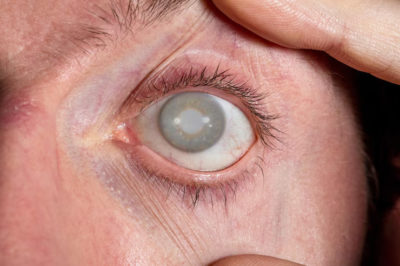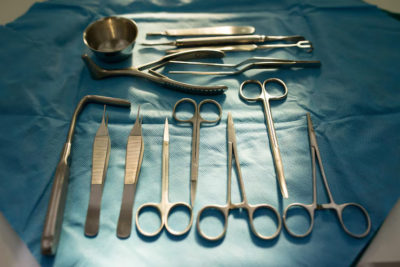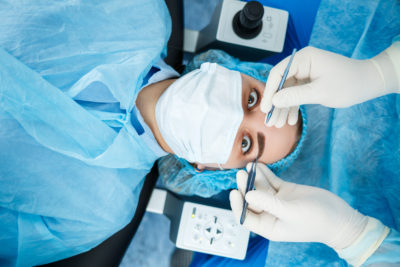Have you ever wondered why our eyes sometimes face challenges like cataracts and glaucoma? Let’s get into a journey to know the mysteries behind these common eye conditions. We often find ourselves pondering the same question: is cataract and glaucoma the same thing? Let’s get into this question and explore the difference between cataracts vs glaucoma in detail.
What are Cataracts and Glaucoma?
|
Cataracts |
Glaucoma |
|
A clouding of the eye’s natural lens. |
A group of eye conditions that damage the optic nerve. |
|
Often associated with ageing but can also result from injury, genetics, or certain medications. |
Typically linked to elevated intraocular pressure (IOP). |
|
Progresses slowly, causing vision to become blurry and colours to appear faded. |
Develops gradually, often without noticeable symptoms until advanced stages. |
Why Do They Occur, and Who Is at Risk?
|
Cataracts |
Glaucoma |
|
Mainly caused by ageing and the breakdown of proteins in the eye lens. |
Primarily associated with increased intraocular pressure. |
|
Risk factors include diabetes, smoking, and excessive UV exposure. |
Risk factors include age, family history, ethnicity (more common in African Americans), and certain medical conditions like diabetes. |
How do these conditions affect vision?
|
Cataracts |
Glaucoma |
|
Cause vision to become blurry, hazy, or less vibrant. |
Often referred to as the “silent thief of sight” because it can progress without noticeable symptoms. |
|
Difficulty with night vision and increased sensitivity to glare. |
Peripheral vision loss, leading to tunnel vision in advanced stages. |
Can They Be Prevented?
|
Cataracts |
Glaucoma |
|
While ageing is inevitable, protecting your eyes from UV rays and adopting a healthy lifestyle can slow progression. |
Regular eye exams are crucial, especially if you have risk factors. |
|
Regular eye check-ups for early detection. |
Managing underlying conditions and maintaining a healthy lifestyle may help reduce the risk. |
How Are They Treated?
|
Cataracts |
Glaucoma |
|
Surgical removal of the cloudy lens and replacement with an artificial lens. |
Medications (eye drops), laser therapy, or surgery to reduce intraocular pressure. |
|
Typically an outpatient procedure with a high success rate. |
Treatment aims to slow or halt the progression of the disease. |
Is Vision Loss Reversible?
|
Cataracts |
Glaucoma |
|
Vision is usually fully restored after cataract surgery. |
While treatment can halt further progression, lost vision is generally irreversible. |
|
Quick recovery with minimal discomfort. |
Early detection and intervention are crucial to preserving remaining vision. |
Cataracts vs Glaucoma vs Macular Degeneration
|
Cataracts |
Glaucoma |
Macular Degeneration |
|
|
Nature |
Clouding of the eye’s natural lens. |
Damage to the optic nerve, often due to increased intraocular pressure. |
Deterioration of the macula, affecting central vision. |
|
Symptoms |
Gradual blurriness, faded colours. |
Progresses gradually, often asymptomatic; peripheral vision loss. |
Loss of central vision, distorted or wavy lines. |
|
Association |
Commonly linked to ageing but can result from various factors. |
Risk factors include age, family history, and certain medical conditions. |
Dry (gradual) and wet (abrupt, more severe). |
|
Risk Factors and Contributors |
Mainly linked to ageing; factors include diabetes, smoking, and UV exposure. |
Age, family history, ethnicity (more common in African Americans), and certain medical conditions. |
Primarily age-related; genetics, smoking, and a diet low in antioxidants contribute. |
Hence, understanding the differences between Glaucoma vs Cataract is essential for maintaining eye health. Regular eye check-ups, a healthy lifestyle, and prompt intervention can make all the difference in preserving your vision for the future. Consider seeking treatment for cataracts and glaucoma at Dr Agarwals Eye Hospital, where specialised care and expertise are dedicated to addressing these eye conditions.








